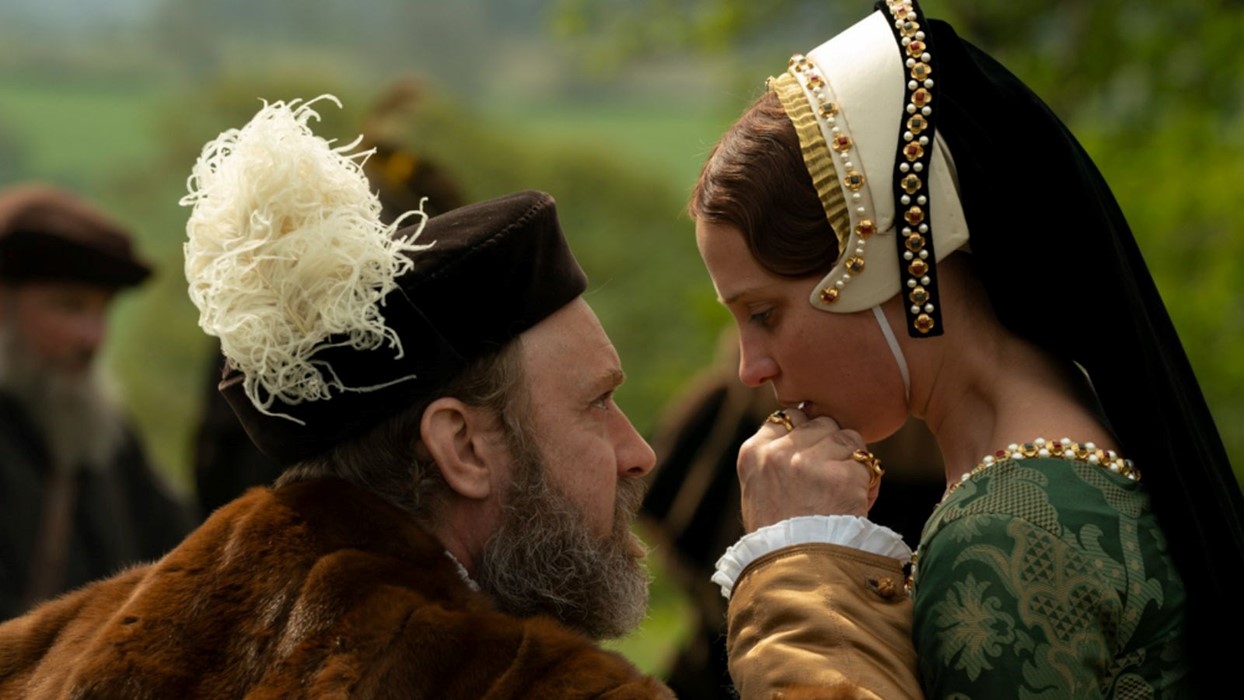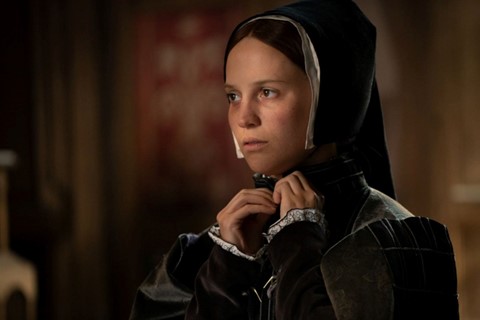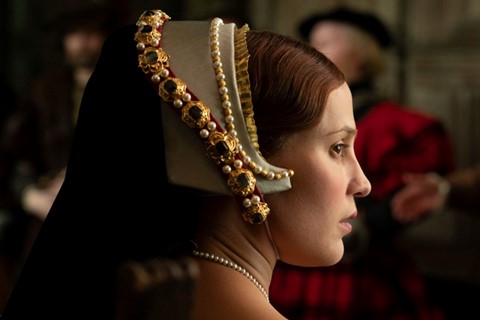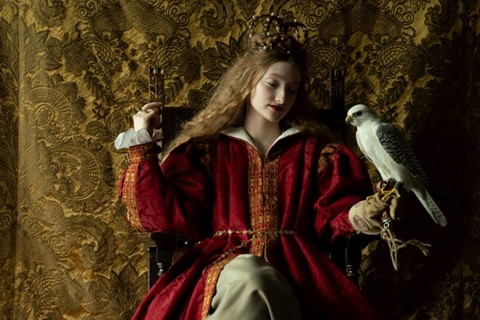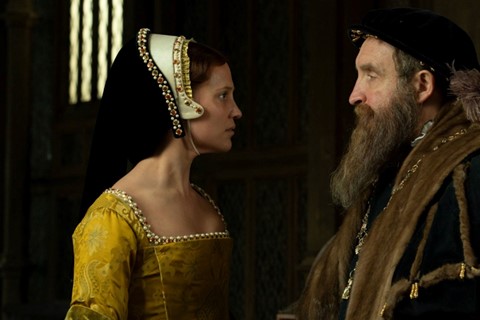Firebrand’s Academy Award winning costume designer Michael O’Connor breaks down his process, including how he mastered making French hoods, which made Alicia Vikander “feel slightly caged and tied”
Divorced, beheaded, died, divorced, beheaded, survived. The first English woman to publish work under her own name and the last of King Henry VIII’s six wives, Catherine Parr was certainly a force to be reckoned with. Starring Jude Law as King Henry VIII and Alicia Vikander as Catherine Parr, Firebrand tells the story of the increasingly mad king’s final wife, the only one to survive him.
Based on historical fiction, Elizabeth Fremantle’s novel Queen’s Gambit, the film follows heroine Parr – a Protestant sympathiser – as she risks her life to attempt to undermine the Church of England and make religion accessible to all. But ask the film’s costume designer, Academy Award winner Michael O’Connor, if any of the costumes took inspiration from the film’s sense of magical realism, and his answer is a brilliantly British cut-and-dry “No.” For him, being a costume designer is equal parts historian, detective, and artist.
There might be something to that: Firebrand’s wardrobe is as powerful as its plot, practically a character in its own right. Lithe Law’s body, reshaped through mountainous prosthetics, droops under enveloping robes and piles of golden chains. Even as she plops squirming maggots into her husband’s rotting, festering leg, Vikander is angelic in a French hood, her face framed in a halo of alternating pearls and gold buds with sapphire and emerald pistils.
Below, Michael O’Connor breaks down his process, including how he mastered making French hoods, which made Alicia Vikander “feel slightly caged and tied”.
Violet Goldstone: How did you join the project?
Michael O’Connor: I've worked with [producer] Gaby Tana on period films such as The Duchess and Invisible Woman, and she invited me to meet the director, Karim Aïnouz. It was interesting because Karim is Brazilian and he didn’t have a deep knowledge of Tudor England, so it was introducing him to that period.
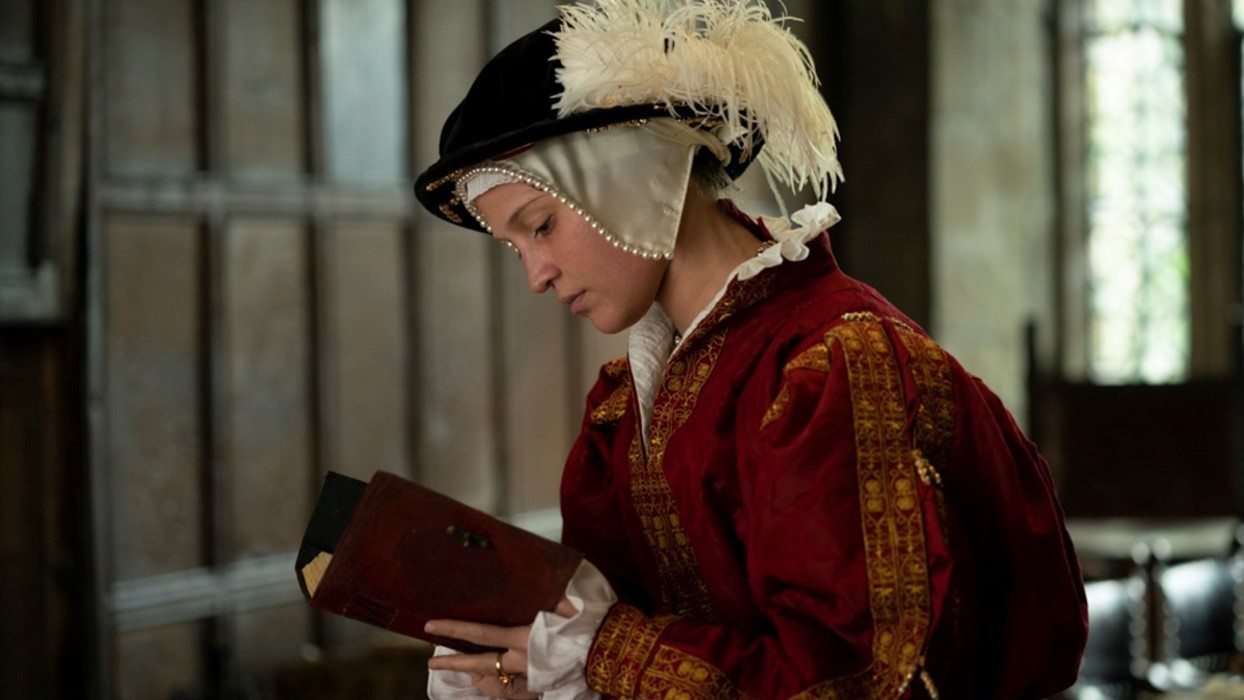
VG: What was on your moodboard? What research were you doing?
MO: The research really is two words: Hans Holbein. He was invited over from Germany by the king to paint the portraits of the court, and fortunately for us, they still exist. That’s the first source. He drew and painted with such accuracy that you get so much detail out of those portraits.
VG: What do you think the power of costumes are?
MO: From my point of view, the most important thing is the script. I think that my job is not to distract from that — you want the clothes to support the script. You read a particular scene and then take a view on whether it should be dialed up or down.
VG: How did you make the costumes realistic while still giving each character their own identity? For example, all the leading women – Catherine Parr, Princess Elizabeth, Princess Mary – feel distinctly different.
MO: The queen is the queen and the king is the king. Even when you think about behind closed doors, when they, for lack of better description, would wear jeans and T-shirts or tracksuits. Once you stop dressing people like the king and queen, they’re just ordinary people. You do it with colour, then shape, then adornment. So, the queen is mostly covered in jewels, and on her costume is a fur-like material. She always stands out in that sense, but it’s subtle. If she’s going to wear fur, it’s a fur that no one else wears, other than the king.

VG: She often wore a French hood, which I was obsessed with. Can you tell me about the process behind making those?
MO: I was looking at other Tudor films and noticed there was something not quite right compared to the paintings of the time. It was getting the French hood correct. They tend to raise it because they think it frames the face better, rather than making it flat on the head as if it was real. There’s also a chinstrap, which people tend to avoid doing because it can be uncomfortable for an actress to wear. But the good thing was that Alicia really liked it. She felt it constrained her and made her feel slightly caged and tied.
VG: As authenticity is key to your craft, I imagine Tudor clothing is very constrictive. What was it like for the actors to wear these costumes?
MO: You’ve got to try and keep it as light as possible, because they’re wearing it all day and have got to move about in it. The way is to find materials that represent the real thing but are lighter in weight. The good thing was Alicia trained as a dancer, so she was able to move quite well in these things. In the case of Jude Law, he wanted the real weight. He really bought into the whole reality of these clothes, the materials, the jewellery. We also padded his body, which in itself was really heavy, in order for it to look real.
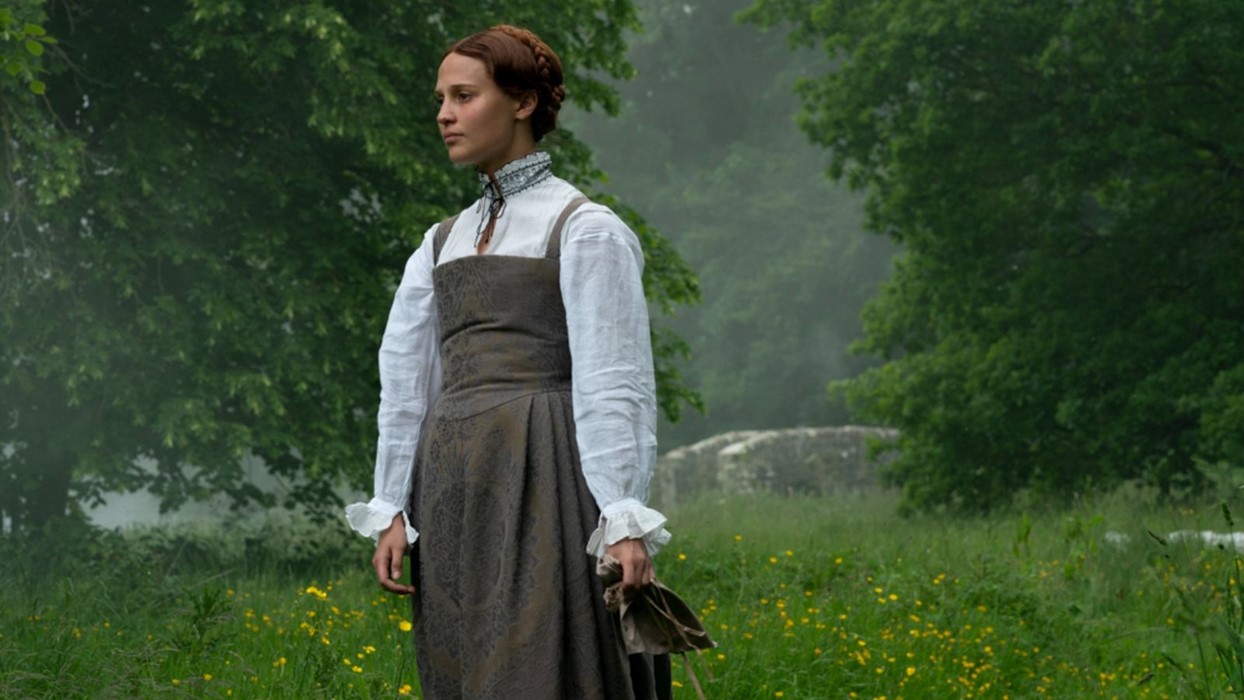
VG: What was the process of using prosthetics like?
MO: We did about ten fittings, going backwards and forwards. Jude thought we should make it heavier and bigger. Around the time of his death, Henry was big. When you look at portraits, he's standing with his legs astride, and his hands on his hip. If you trace him from the shoulder to the knees, he’s square! You need that width and weight. Getting him dressed in the morning was quite something, but Jude was extremely patient.
Firebrand is out in UK cinemas now.
